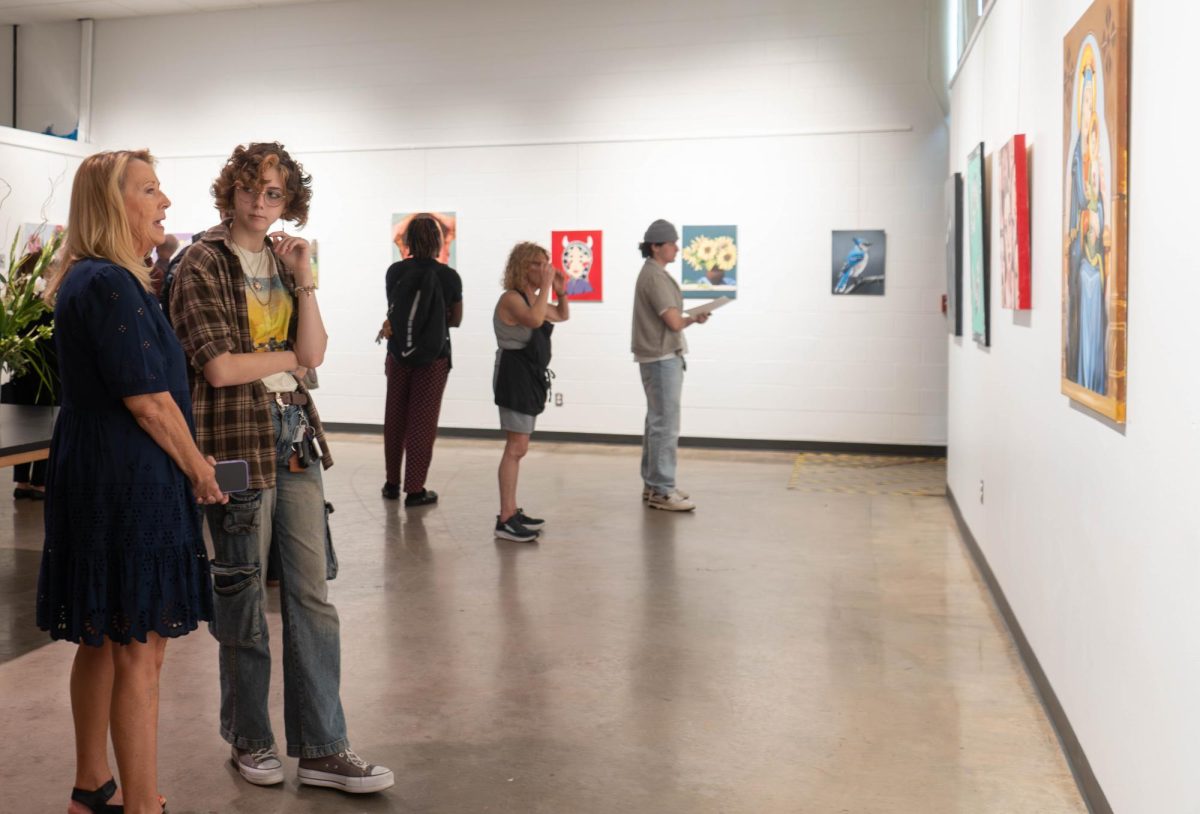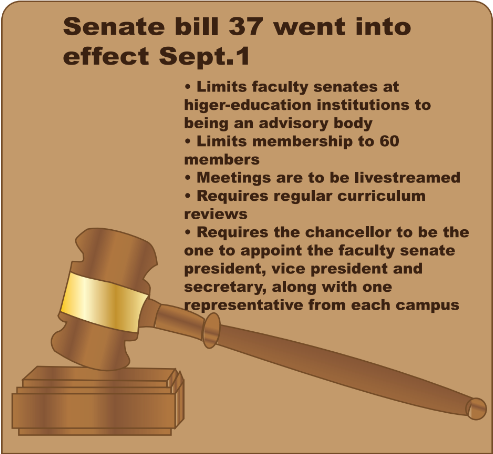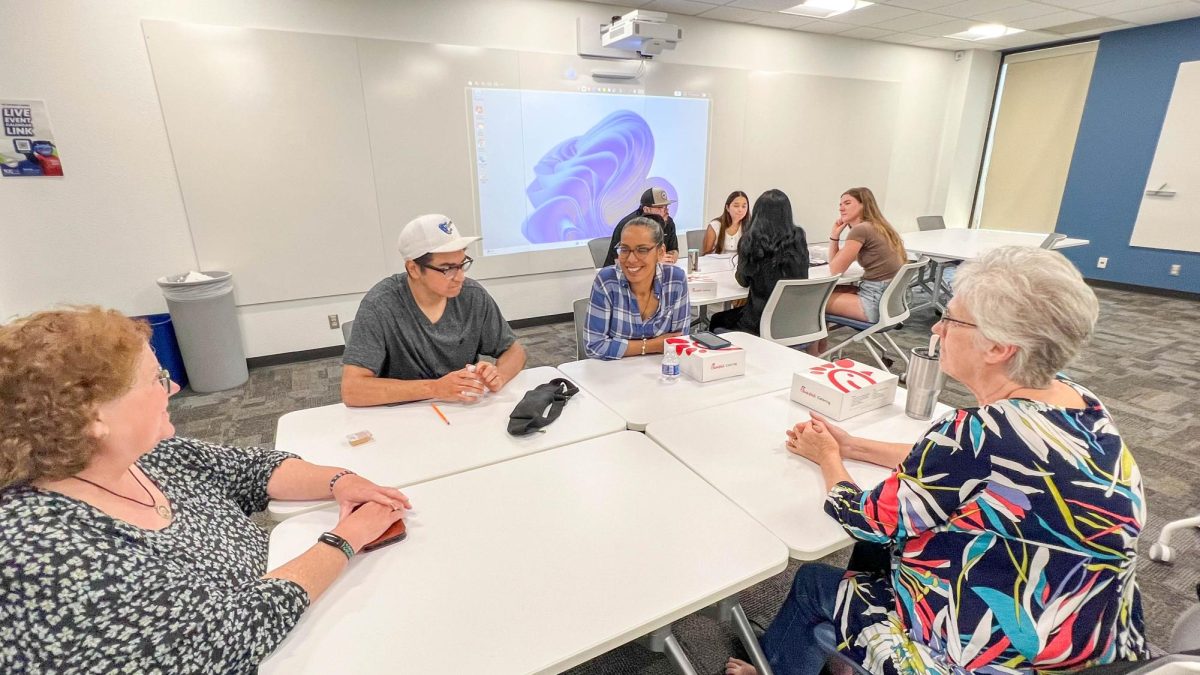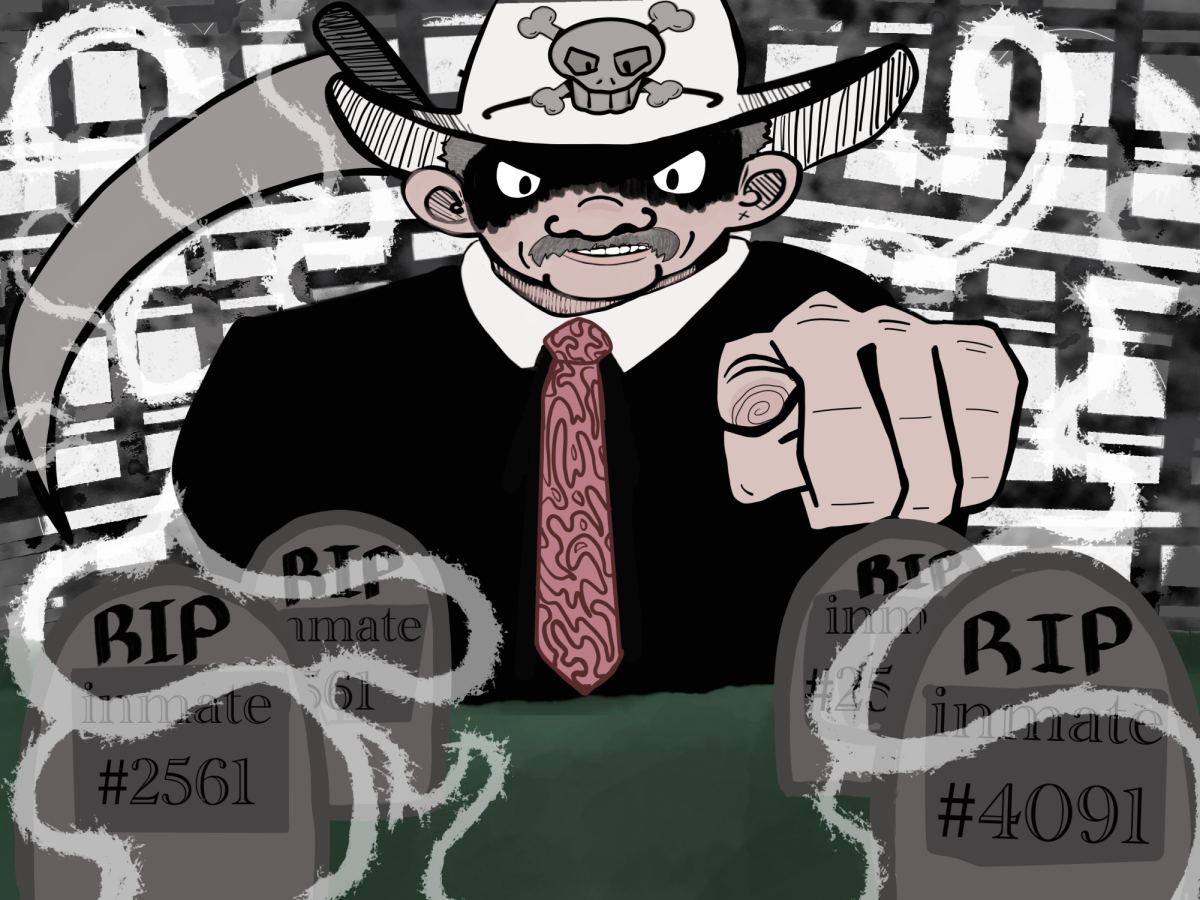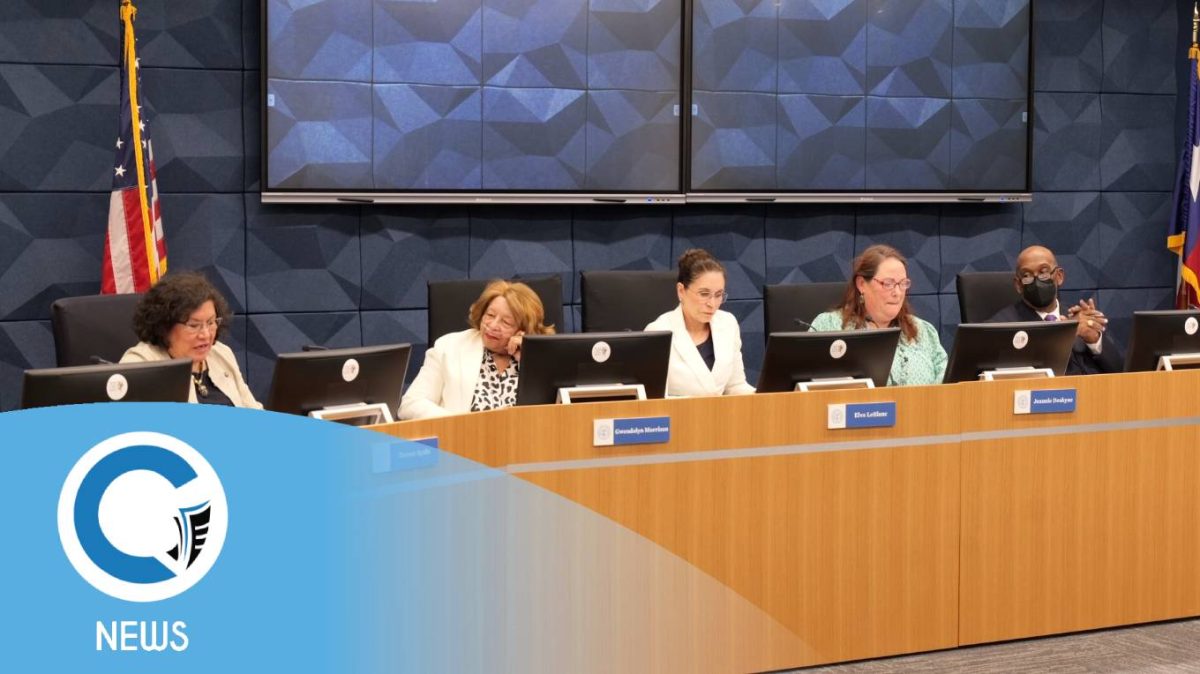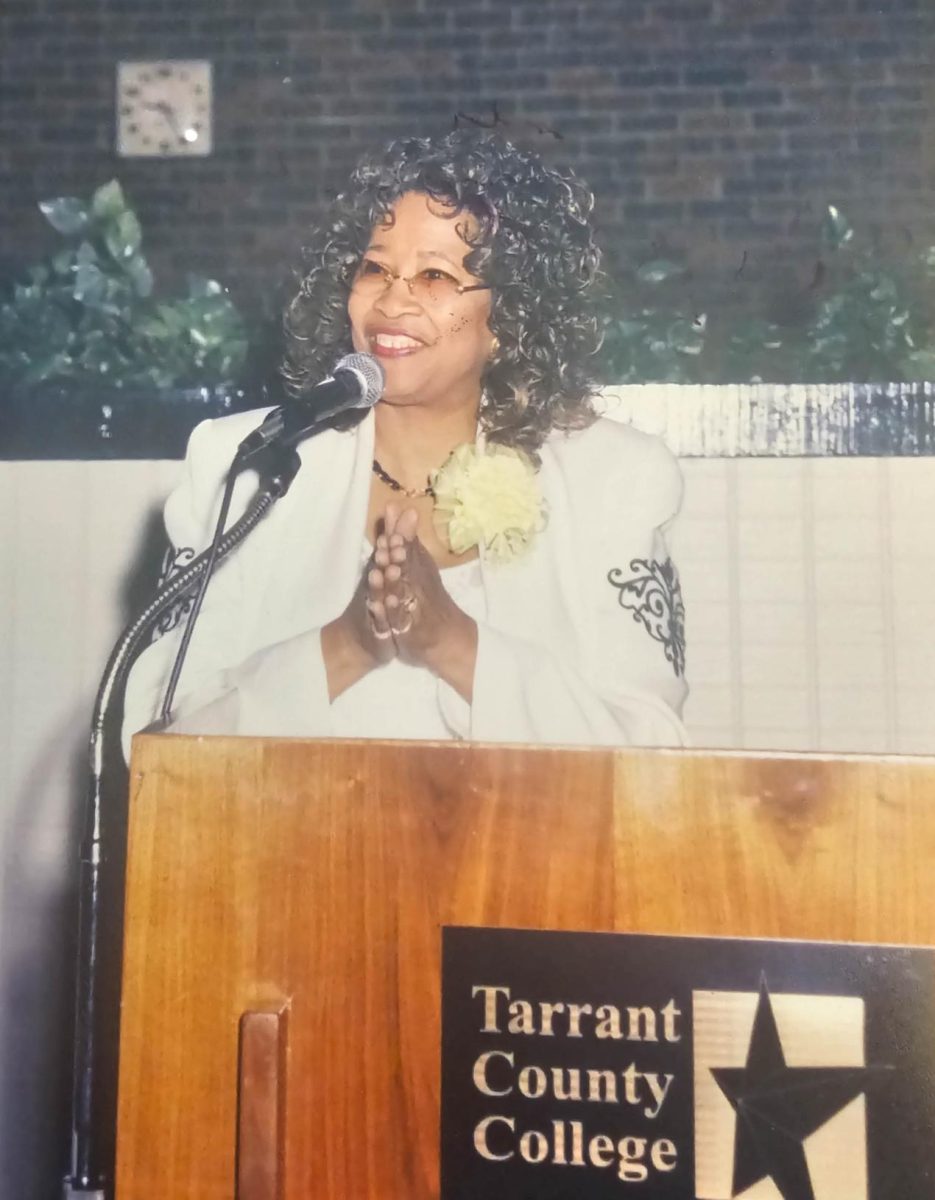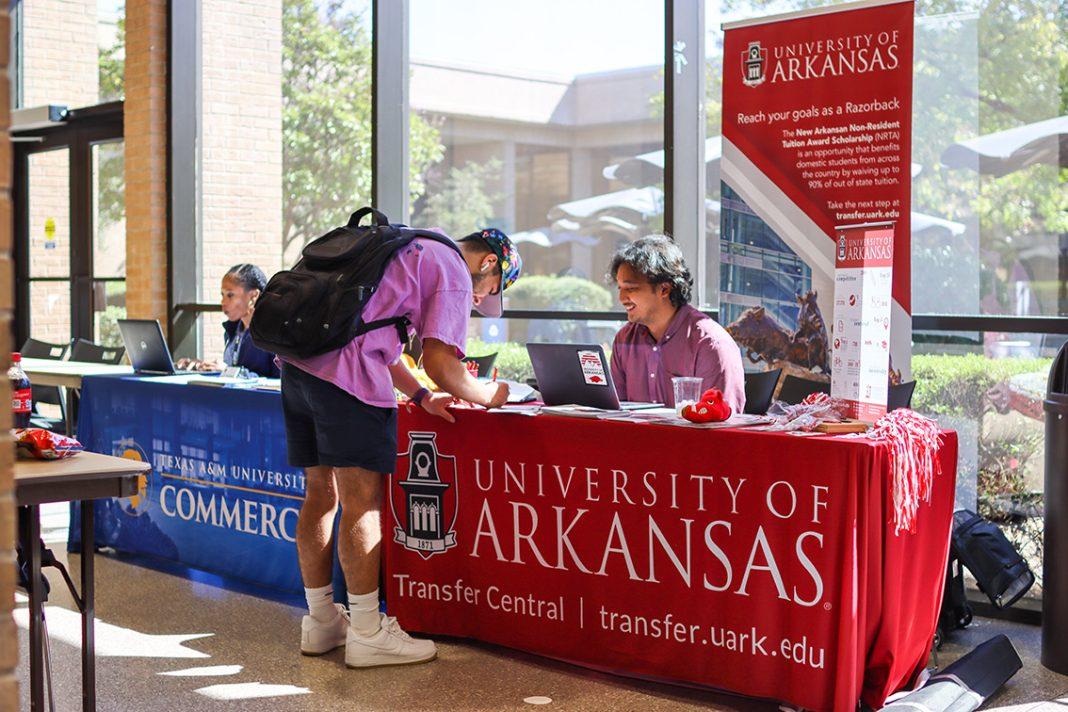FORT WORTH, TX – In the heart of Fort Worth, beneath the quiet earth of its historic cemeteries, lie the stories of the city’s past that reflect its growth, transformation, and diversity over the years.
Local cemeteries like Oakwood, Trinity, and others, serve not just as final resting places but as markers of Fort Worth’s cultural and racial history.
These sacred spaces hold more than the remains of the deceased, they bear witness to the lives and legacies of the people who helped shape this Texas city.
During a recent event on the significance of Fort Worth’s cemeteries, Gaby Kienitz, a librarian, and archivist with the Fort Worth Library, emphasized the role these sites play in understanding the broader scope of the city’s history.
“History doesn’t need Hollywood, it’s dramatic enough,” Kienitz said.
She highlighted how the rich and varied history of Fort Worth can be found in the lives of those laid to rest in its cemeteries, without needing embellishment or romanticization.
Kienitz, who served as the speaker at the event, explained that the cemeteries reflect the many layers of Fort Worth’s historical development, highlighting how different communities have been treated over time.
“So, they can get an appreciation of local history and to understand that local lore is not true history,” Kienitz said.
She noted that what might be passed down as local myth often overlooks deeper, more complex truths. These cemeteries hold the history of the city in a more authentic, accessible way.
One of the most important aspects of these cemeteries is how they chronicle Fort Worth’s cultural and racial diversity. The segregation of burial sites in earlier periods, though painful, is a key part of understanding the city’s social structure and how race, class, and ethnicity shaped Fort Worth’s development.
Oakwood Cemetery, for instance, is made up of several sections, each with its own history and, at one time, separate racial boundaries.
“Oakwood is actually composed of several cemeteries, which were segregated in the past,” Kienitz explained.
These historical divisions, she pointed out, reflect not just the division of physical space but also the societal divisions that governed people’s lives and deaths.
“Cemeteries are really representative of how the living are making their way and how they are treating the dead based on the laws and goals and feelings that the people had in those times,” Kienitz said.
As Fort Worth grew, so did the way people thought about death and remembrance. The shifts in how the city’s cemeteries were organized over time mirror the broader cultural and political changes the city has undergone.
The preservation and care of these cemeteries has become an important task for the community. Fort Worth’s Cemetery Association plays a critical role in maintaining these spaces. The association works to clean, restore, and preserve cemeteries that are no longer accepting new burials, ensuring that they remain well-kept and accessible for future generations.
“Everyone who came and lived their lives here, they are representatives of the people,” Kienitz said.
He emphasized the importance of remembering and honoring those who paved the way for Fort Worth’s modern community.
Many of the city’s older cemeteries face challenges related to aging infrastructure, neglected tombstones and the loss of original burial records. Community efforts to support the maintenance of these sacred spaces help ensure that the histories they contain are not forgotten.
“Cemeteries are the cities of the dead,” Kienitz stated. “It’s a city of the historical past.”
According to Kienitz, the cemeteries themselves are just as important as the buildings and monuments that make up the city’s skyline.
As Fort Worth continues to grow and evolve, its cemeteries remain vital to understanding the forces that shaped the city. They are more than just burial sites.They are repositories of local history and reflect on the values, social structures and changes that have occurred over time.
It is through efforts like those of the Cemetery Association, along with community involvement, that Fort Worth’s cemeteries can continue to tell the true stories of its diverse and complex past.
Through preservation, education, and respect for these historical spaces, Fort Worth residents can ensure that future generations will be able to appreciate the full scope of their city’s history and not just the polished narratives but the real, human stories that lie beneath the surface.
“Cemeteries really represent different time periods,” Kienitz said. “And through their preservation, they will continue to serve as a living testament to the city’s rich and diverse history.”
For those interested in helping with cemetery preservation or learning more about Fort Worth’s historic burial sites, the Fort Worth Cemetery Association welcomes volunteers and donations.

